North America, a vast and multifaceted continent, is a place where every kind of traveler can find their perfect escape. From the Arctic’s icy allure to the sun-drenched shores of the Caribbean, this land teems with diversity—geographically, culturally, and experientially. The continent unfolds like a living atlas: ancient ruins and futuristic cities, towering mountains and whispering forests, neon skylines and tranquil beaches.
In this guide, we journey through 15 of the best places to visit in North America, each handpicked to suit a distinct type of traveler—whether you seek awe-inspiring nature, deep cultural immersion, high-octane adventure, relaxing retreats, or vibrant urban energy. More than just sightseeing lists, these destinations offer transformative experiences—woven from history, infused with personality, and grounded in authenticity.
You won’t just read about places—you’ll feel drawn into them, equipped with insights, historical context, and expert travel tips to craft your perfect itinerary. Whether you’re a solo explorer, a couple chasing romance, or a family in search of bonding moments, there’s a destination here for you.
Shall we begin the journey?
Table of Contents
Nature Lovers’ Paradise
North America’s natural beauty is nothing short of epic. It’s a continent sculpted by fire, water, ice, and time—a haven for those who feel most alive beneath open skies, among towering peaks, or deep within emerald forests. From ancient geothermal wonders to pristine alpine lakes and rainforests echoing with life, the following destinations are curated for travelers who find peace and purpose in the wild.
1. Yellowstone National Park, USA
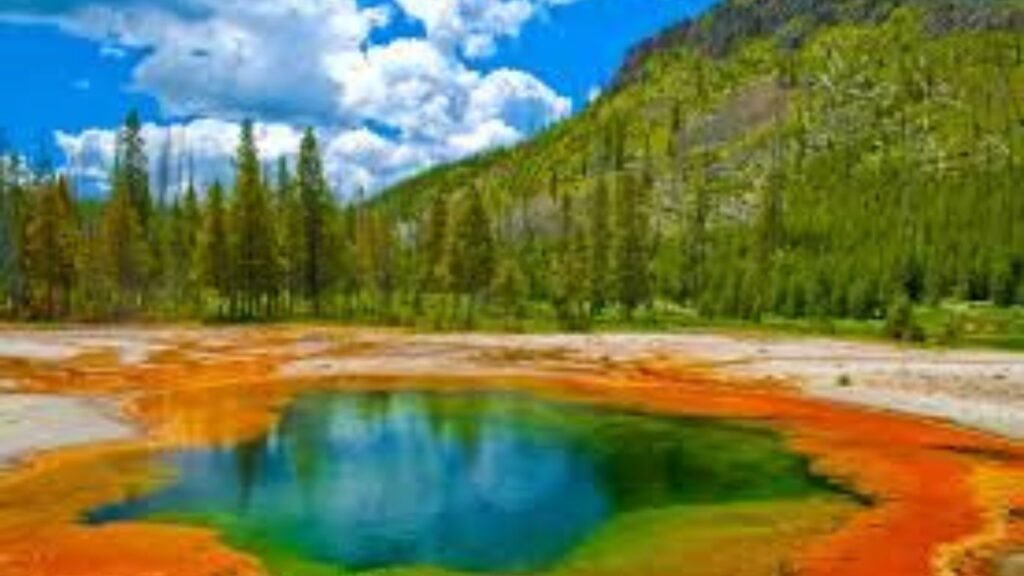
Yellowstone is not merely a national park—it’s a masterpiece of geological drama. Established in 1872 as the first national park in the world, it covers nearly 3,500 square miles across Wyoming, Montana, and Idaho. This is where the Earth’s crust breathes fire and wildlife still reigns free.
Why Go:
Yellowstone’s landscapes are as varied as they are vast. Watch Old Faithful erupt with clockwork precision, gaze into the technicolor depths of the Grand Prismatic Spring, and hike through the Grand Canyon of the Yellowstone. Beyond the marquee sights, the park shelters grizzly bears, wolves, and herds of bison—some of which have roamed these plains since prehistoric times.
Actionable Insight:
Arrive early at sunrise to catch wildlife at their most active. Summer sees the largest crowds, so consider visiting in May or September for a quieter, more intimate experience.
Personal View:
There’s a moment at twilight, standing at Lamar Valley, when the stillness is only broken by the distant call of an elk. It feels like you’ve stepped into an untouched world—raw, unscripted, and humbling.
2. Banff National Park, Canada
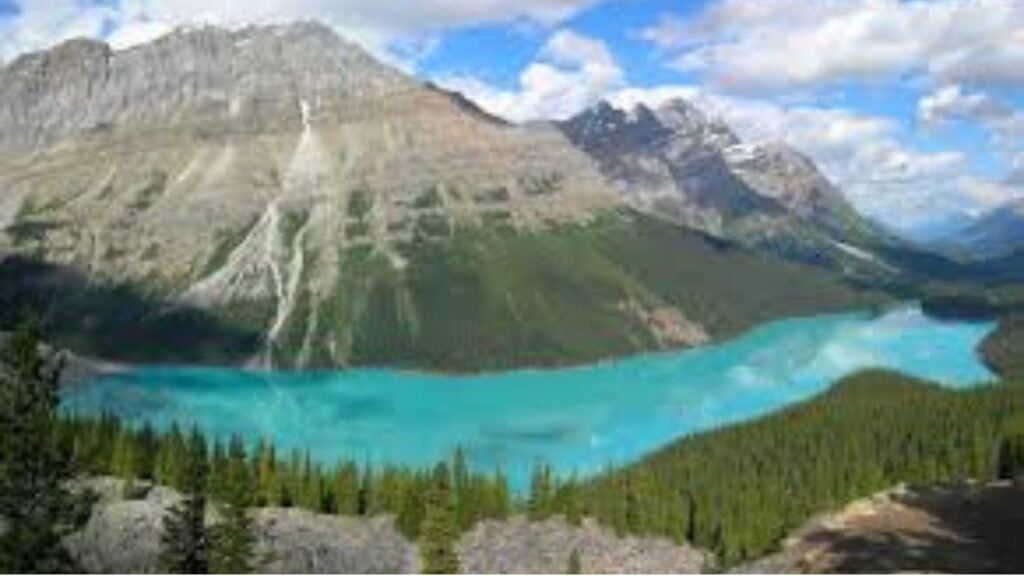
Banff doesn’t just impress—it awes. Nestled in the Canadian Rockies, it is one of Canada’s most iconic national parks and a UNESCO World Heritage Site. Its crystalline lakes and snow-capped peaks evoke a sense of grandeur that lingers long after the visit ends.
Why Go:
Paddle the surreal turquoise waters of Lake Louise or Moraine Lake, framed by jagged mountain spires. Ride the Banff Gondola for sweeping panoramic views, or lace up your hiking boots for trails like the Plain of Six Glaciers or Johnston Canyon.
Actionable Insight:
Travel during shoulder seasons (June or late September) to enjoy thinner crowds and golden larch trees. Be aware that Moraine Lake now requires shuttle access due to over-tourism—book early.
Personal View:
I once watched the early morning fog rise off Lake Louise as loons called across the water—it was like the mountains whispered their secrets only to those willing to rise before the world wakes.
3. Costa Rica’s Rainforests
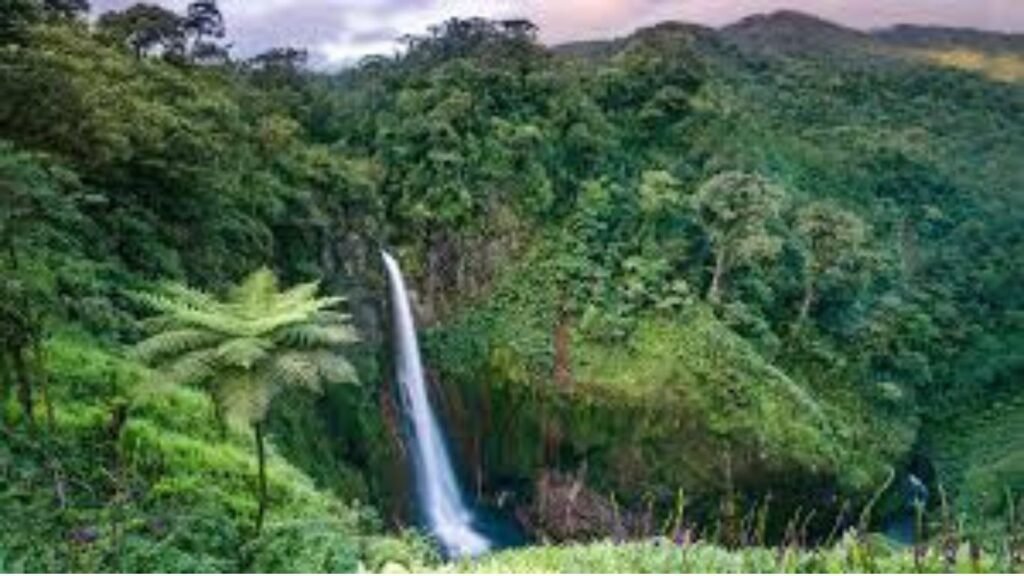
Technically part of North America, Costa Rica’s lush tropical ecosystems make it a sanctuary for nature lovers. It’s a land where cloud forests kiss the sky and howler monkeys swing between branches in symphonies of sound.
Why Go:
In Monteverde Cloud Forest Reserve, mist weaves through towering ficus trees and hummingbirds flit like gemstones in flight. Corcovado National Park, meanwhile, offers one of the most biodiverse environments on Earth, home to jaguars, tapirs, and scarlet macaws.
Actionable Insight:
Go with a local naturalist guide—they’ll help spot camouflaged wildlife and share cultural insights that enrich the experience. Choose eco-certified lodges to support Costa Rica’s leadership in sustainability.
Personal View:
Walking across hanging bridges above the canopy during a light drizzle felt like entering another dimension—each drop magnified the rainforest’s breath, its heartbeat, its soul.
Cultural Immersion
For the traveler who yearns to connect with a place’s soul, culture is the truest gateway. North America’s cultural mosaic is shaped by centuries of migration, tradition, conquest, and resilience. From ancient ruins and colonial legacies to vibrant street art and living festivals, these destinations go beyond aesthetics—they offer depth, perspective, and emotional resonance.
4. Mexico City, Mexico

Once the center of the mighty Aztec Empire, Mexico City is now one of the world’s largest and most culturally rich metropolises. It’s where ancient and modern Mexico exist side by side—layered like the city’s history itself.
Why Go:
Walk through the ruins of Templo Mayor in the shadow of the baroque Metropolitan Cathedral. Visit the Frida Kahlo Museum in Coyoacán, and explore the floating gardens of Xochimilco. The city’s culinary scene, from street tacos to avant-garde dining, is UNESCO-recognized for good reason.
Actionable Insight:
Use the Metro to get around—it’s fast, efficient, and connects most cultural hubs. Stay in neighborhoods like Roma or Condesa for a mix of charm, art, and safety.
Personal View:
The scent of roasted corn, the hum of Spanish guitars, and the mosaic of murals made me feel like I was walking through an open-air museum—one that lived, danced, and fed me stories with every step.
5. Quebec City, Canada

Quebec City feels like a European time capsule dropped in North America. With its cobbled streets, fortified walls, and distinctly French flair, it’s a romantic, storybook escape infused with history and hospitality.
Why Go:
Explore Old Quebec, a UNESCO World Heritage Site filled with 17th-century architecture. Tour the opulent Château Frontenac, visit the Plains of Abraham, and dine on traditional Québécois dishes like duck confit and maple-glazed salmon.
Actionable Insight:
French is the primary language here, but most people are bilingual. Even a simple “bonjour” goes a long way. Don’t miss the annual Winter Carnival if you visit in February—it’s the largest of its kind in the world.
Personal View:
As snowflakes drifted down over Rue Saint-Louis and a violin played near the old stone walls, it struck me: Quebec doesn’t try to feel magical—it simply is.
6. New Orleans, USA

Few cities can match New Orleans for cultural intensity. From its French and Spanish colonial roots to the vibrancy of Creole and African-American traditions, the city is a living, breathing festival of identity, resilience, and rhythm.
Why Go:
Catch a brass band in the French Quarter, taste gumbo and beignets, and tour the Garden District’s grand mansions. Visit during Mardi Gras or Jazz Fest for immersive cultural experiences, or any day of the year for music on every corner.
Actionable Insight:
Skip Bourbon Street’s tourist traps and explore Frenchmen Street for authentic live jazz and soulful local bars. Try a walking tour that explores the city’s Creole heritage or voodoo history.
Personal View:
There’s a haunting beauty in New Orleans. The kind you feel in a trumpet solo, or while watching the Mississippi roll by at dusk. It’s not just a place—it’s a spirit.
Adventure Seekers’ Dream
For those who crave adrenaline, uncharted paths, and raw physical challenge, North America offers more than adventure—it offers liberation. Whether scaling sandstone cliffs, hurtling down snowy slopes, or diving into vibrant coral reefs, these destinations deliver thrill with a capital “A.” They’re not just for daredevils—they’re for anyone who seeks the pulse-quickening joy of being fully alive.
7. Moab, Utah, USA
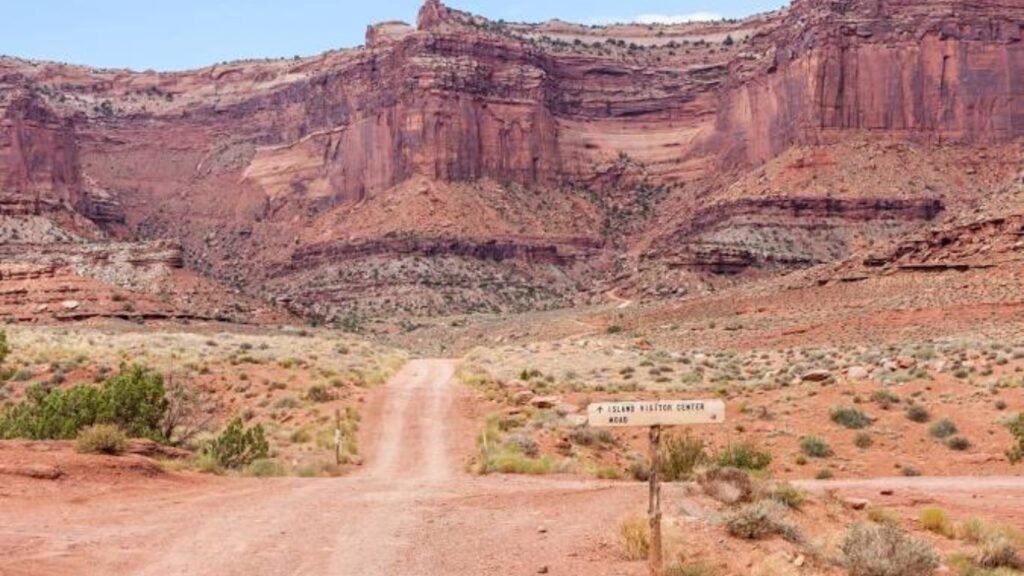
A red rock wonderland, Moab is where the desert speaks in arches, canyons, and colossal silence. It’s a place sculpted by wind and time, and tailor-made for the adventurous spirit.
Why Go:
Explore Arches National Park, home to over 2,000 natural stone arches, and Canyonlands National Park, a vast, Martian-like landscape. Moab also offers world-class mountain biking, rock climbing, and white-water rafting on the Colorado River.
Actionable Insight:
Spring and fall offer ideal conditions. Book permits early for popular hikes like Fiery Furnace or multi-day rafting trips. Hydration and sun protection are non-negotiable in the desert heat.
Personal View:
There’s a spot at Dead Horse Point where the landscape opens into endless canyons. Standing there at sunrise, the world felt ancient and sacred—like time itself was carved into the rock.
8. Whistler, British Columbia, Canada
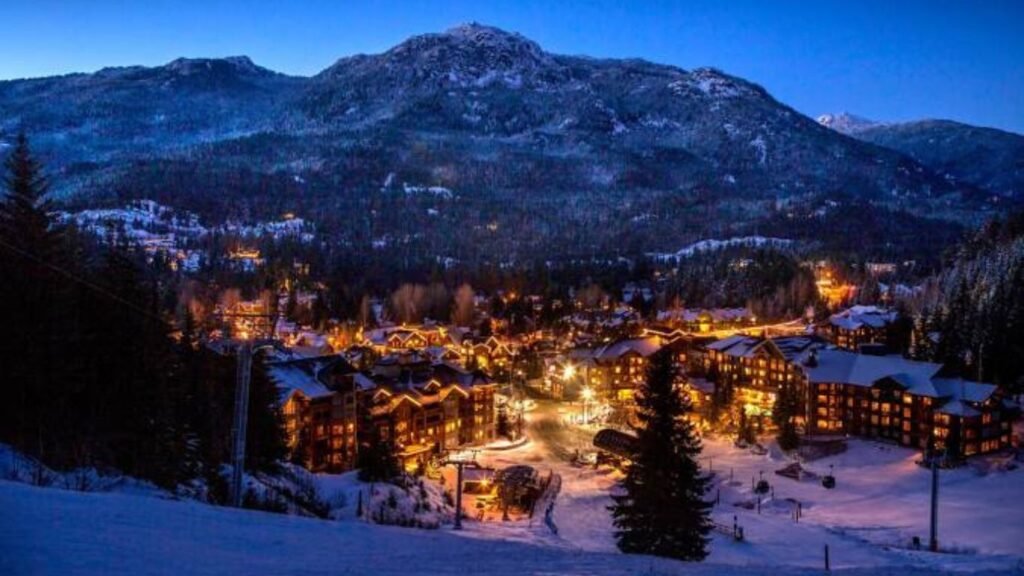
Whistler isn’t just Canada’s premier ski resort—it’s a year-round hub for mountain adventure. Whether you’re shredding powder or soaring on a zipline, Whistler invites you to push your limits in the embrace of nature.
Why Go:
In winter, carve through powder on Whistler and Blackcomb mountains. In summer, the village transforms into a mountain biking mecca, with hiking trails, bungee jumping, and the Peak 2 Peak Gondola offering jaw-dropping views.
Actionable Insight:
Purchase lift tickets in advance for discounts. Après-ski at Garibaldi Lift Co. (GLC) is legendary. For a quieter experience, stay in Creekside, a short shuttle from the main village.
Personal View:
Speeding down a snowy run, flanked by ancient pines and backdropped by glacial peaks, I felt the rare kind of freedom that only comes from moving fast in a place so still.
9. Belize Barrier Reef
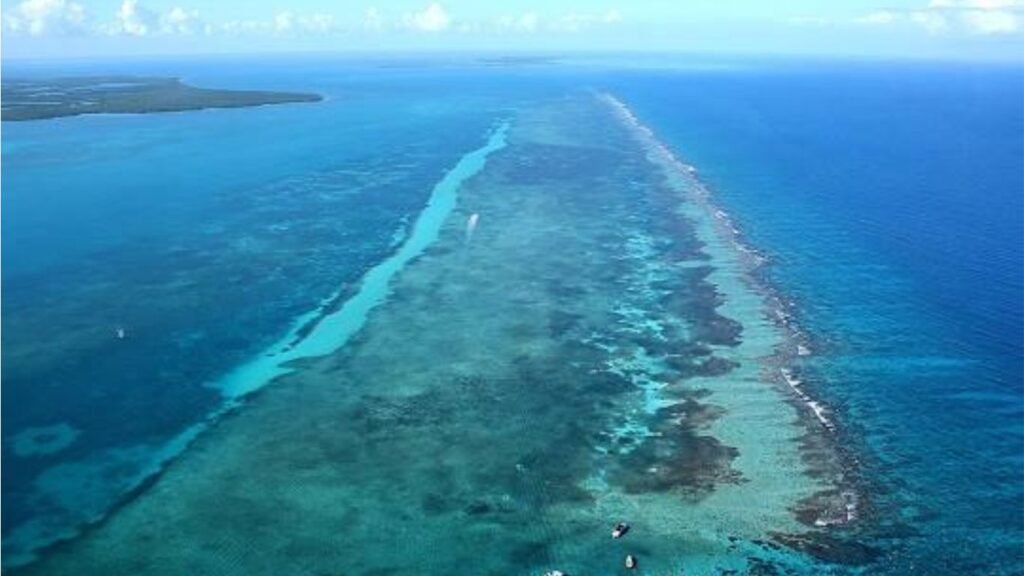
Off the coast of Belize lies a marine marvel—the second-largest coral reef system in the world. For adventure below the surface, there’s no rival in the Western Hemisphere.
Why Go:
Snorkel with nurse sharks and rays at Shark Ray Alley, dive the iconic Great Blue Hole, or paddle through mangrove estuaries alive with exotic birds and sea creatures. The reef system is part of a UNESCO World Heritage Site, teeming with biodiversity.
Actionable Insight:
Base yourself in Ambergris Caye or Caye Caulker for easy reef access. Choose eco-conscious dive operators that use reef-safe sunscreen and follow conservation best practices.
Personal View:
Descending into the Great Blue Hole felt like drifting into the Earth’s heartbeat. Below, time moved slower, sound faded, and wonder expanded into silence.
Relaxing Getaways
Not every journey needs to be fast-paced. Sometimes, the greatest luxury is stillness—a chance to slow down, recharge, and simply be. North America offers countless sanctuaries for the weary soul, where the rhythm of the ocean, the rustle of palms, or the quiet of coastal forests invites deep rest. These three destinations are havens of peace, natural beauty, and effortless charm.
10. The Florida Keys, USA

Stretching like a lazy exhale from the tip of Florida, the Keys are a sun-drenched archipelago of coral islands where shoes are optional and time moves with the tides.
Why Go:
Drive the Overseas Highway for 113 miles of ocean vistas, snorkel at the only living coral reef in the continental U.S., or catch sunset at Key West’s Mallory Square, where street performers and steel drums create an impromptu festival.
Actionable Insight:
Skip peak hurricane season (August to October). Base yourself in Islamorada for a quieter vibe, or Key West for nightlife and quirky character.
Personal View:
Sipping Cuban coffee in a pastel-shaded porch as the sun slipped into the Gulf, I understood why Hemingway never left—here, the days stretch gently, endlessly.
11. Tulum, Mexico
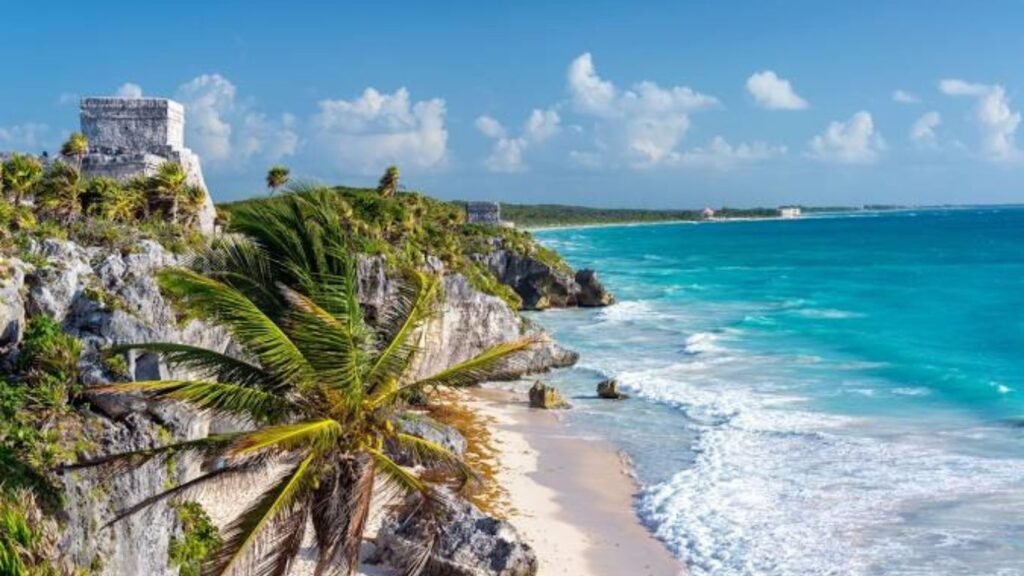
Tulum blends tropical minimalism with spiritual energy. Once a remote backpacker’s secret, it’s now a refined escape offering barefoot luxury, holistic wellness, and Caribbean tranquility.
Why Go:
Relax in eco-chic beachfront resorts, visit the cliffside Mayan ruins, and explore nearby cenotes—natural limestone swimming holes that feel like secret sanctuaries. Yoga retreats, vegan cuisine, and sound baths complete the rejuvenating atmosphere.
Actionable Insight:
Avoid overdeveloped hotel zones. Look for boutique properties that prioritize sustainability and community impact. Visit between November and April for the best weather.
Personal View:
Floating in a cenote, surrounded by vines and echoes of dripping water, I felt weightless—like I had returned to something elemental and ancient.
12. Vancouver Island, Canada
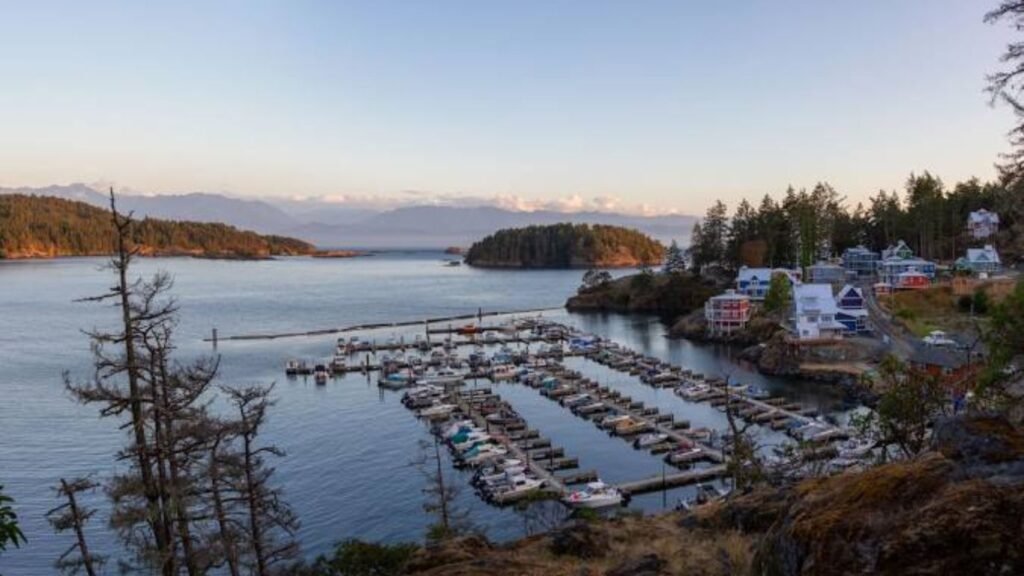
Just off the coast of British Columbia, Vancouver Island offers a different kind of coastal escape: rugged, misty, and wild. It’s a retreat for nature lovers who prefer solitude over spectacle.
Why Go:
Whale watch in Tofino, walk driftwood-strewn beaches at Pacific Rim National Park, or explore the historic charm of Victoria. Inland, the forests of Cathedral Grove shelter Douglas firs that have stood for over 800 years.
Actionable Insight:
Rent a car for full flexibility—public transportation is limited. For a remote reset, consider a cabin stay near Ucluelet or a storm-watching lodge in winter.
Personal View:
The sound of rain on a cedar roof, a mug of hot tea, and miles of untamed coastline—I’ve rarely felt more at peace.
Urban Explorations
Some cities don’t just welcome travelers—they challenge, enchant, and inspire them. North America’s urban centers are more than concrete and glass; they’re living theaters of innovation, history, and cultural convergence. Whether you’re after world-class art, groundbreaking cuisine, or the electricity of street life, these cities are vibrant mosaics that offer endless layers to explore.
13. New York City, USA

There’s no city quite like New York. It’s not just a destination—it’s a universe of experiences. Fast, bold, and impossibly dynamic, the Big Apple draws creatives, dreamers, and explorers in equal measure.
Why Go:
Take in panoramic views from the Empire State Building or Top of the Rock. Explore Central Park, The Met, and the Statue of Liberty. Neighborhoods like Harlem, SoHo, and Williamsburg pulse with distinct cultural identities, offering food, fashion, and music from every corner of the globe.
Actionable Insight:
Purchase a CityPASS if you plan to visit multiple attractions—it saves both time and money. Visit museums early in the day to avoid peak crowds.
Personal View:
Crossing the Brooklyn Bridge at dusk with the skyline aglow felt like standing in the heart of the modern world—a moment of stillness amidst the city’s infinite motion.
14. Toronto, Canada

Toronto is a cosmopolitan giant with a heart of neighborhoods. It’s a city that values diversity, where over 140 languages are spoken, and cultures blend into a seamless, vibrant whole.
Why Go:
Visit the CN Tower, shop in the underground PATH network, and explore cultural hubs like Kensington Market and the Distillery District. World-class theater, art galleries, and multicultural festivals happen year-round.
Actionable Insight:
Use the TTC to navigate the city efficiently. For a quieter experience, visit during spring or fall—summer brings festivals but also large crowds.
Personal View:
On a Sunday stroll through Chinatown into Little Italy, I realized Toronto isn’t just multicultural—it’s beautifully, effortlessly so. Every block told a different story.
15. San Francisco, USA
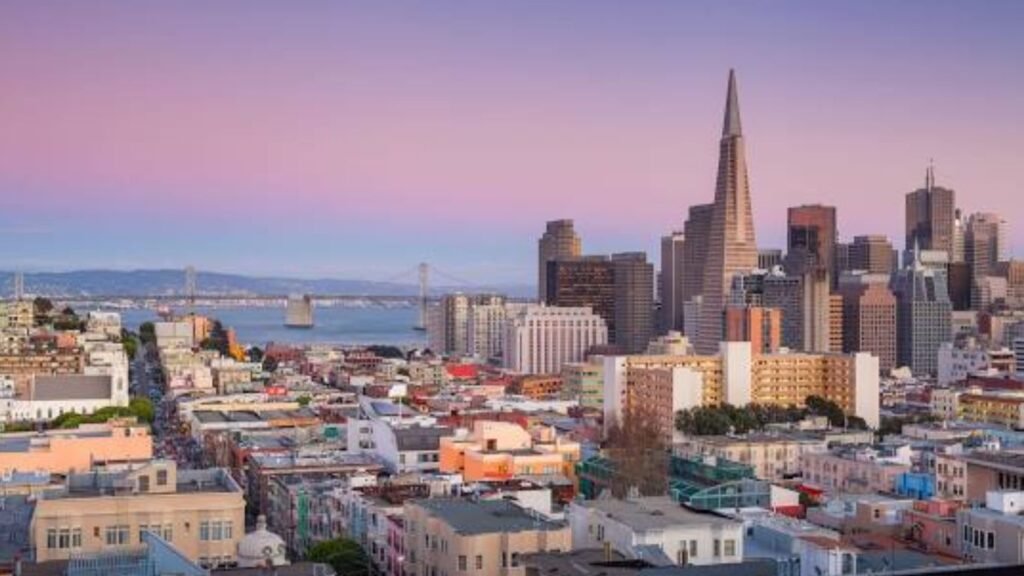
San Francisco is a city of contradictions and charm. Tech capital and bohemian stronghold, it’s both cutting-edge and nostalgic, framed by steep hills and the sweeping Golden Gate.
Why Go:
Ride a cable car through Nob Hill, explore the labyrinthine streets of Chinatown, and marvel at the sea lions at Pier 39. Don’t miss a visit to Alcatraz or a walk through the murals of the Mission District.
Actionable Insight:
Pack layers—fog and sun often switch places within minutes. Public transport (Muni) is decent, but walking lets you absorb the city’s character.
Personal View:
Watching the fog roll over Twin Peaks felt like watching a dream descend over the city—soft, surreal, and wholly San Francisco.
Conclusion
North America is not a singular destination—it’s a continent of kaleidoscopic experiences. From the wild majesty of Yellowstone to the soulful rhythms of New Orleans, from diving Belize’s reef to strolling through Old Quebec, this land invites exploration on every scale—external and internal.
What makes the best places to visit in North America truly unforgettable isn’t just their beauty or history. It’s their power to shift perspectives, stir emotions, and linger long after the trip is over. Whether you’re drawn to ancient forests, cosmopolitan cities, spiritual sanctuaries, or adrenaline-fueled adventures, North America meets you at the intersection of wonder and welcome.
So, where will your next chapter begin?
FAQ
What are the best places to visit in North America for first-time travelers?
Yellowstone, New York City, Quebec City, and the Florida Keys are ideal starting points. They offer a balance of natural beauty, cultural depth, and traveler-friendly infrastructure.
Which destinations are most budget-friendly?
Mexico City, Tulum (off-season), and Moab can be explored affordably with careful planning. Look for local accommodations, public transport, and free or low-cost attractions.
When is the best time to travel to these destinations?
Spring (April–June) and fall (September–October) are ideal across most of North America for mild weather and manageable crowds. Winter suits ski destinations like Whistler, while summer is perfect for the Rockies or coastal escapes like Vancouver Island.
Are these destinations family-friendly?
Yes. Yellowstone, Banff, Toronto, and the Florida Keys all offer enriching, family-oriented activities—from wildlife tours to hands-on museums.
Do I need special permits or documents to visit national parks?
Yes. U.S. and Canadian parks often require entrance fees or timed-entry permits for specific areas. Always check the park’s official site in advance and consider annual passes if visiting multiple locations.
Is it easy to get around without a car?
Urban areas like New York City and Toronto have excellent public transport. However, for nature-focused or remote destinations like Banff or Moab, renting a vehicle is strongly recommended.
